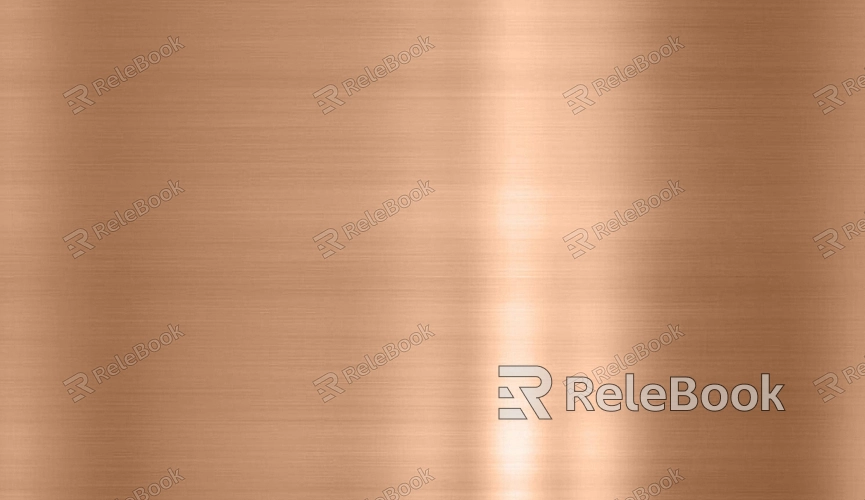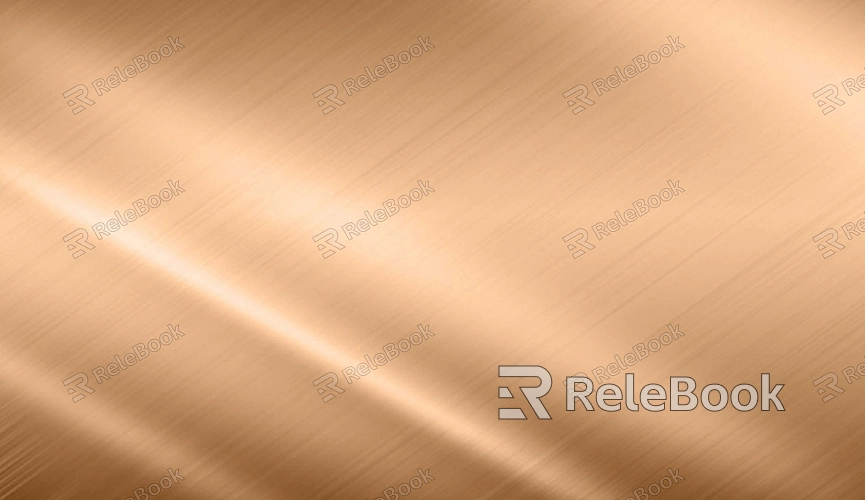How to Make a Metallic Texture Map in Substance Designer?
Creating a metallic texture map in Substance Designer is essential for achieving realistic materials in 3D environments. Metallic maps define the reflective qualities of a material, enabling a surface to appear as polished metal or dull, non-metallic. This article will guide you through crafting metallic texture maps, and exploring fundamental techniques and best practices to ensure professional results.

Preparing Your Substance Designer Project
Begin by setting up a new project in Substance Designer. Choose a suitable template based on your desired output, such as PBR Metallic Roughness. This template ensures compatibility with most rendering engines. Import your base material or reference image into the graph workspace. Establishing a clear workspace helps streamline the workflow and keeps your materials organized.
Creating the Base Metal Material
Start by generating the base metal material. Use nodes such as the "Metallic" and "Base Color" nodes to define the foundational look. For a generic metallic appearance, set the metallic parameter to a high value (typically close to 1). Combine this with an appropriate base color to replicate the desired metal type, like silver, gold, or copper.
If your project requires detailed surface variations, incorporate noise nodes such as "Clouds" or "Perlin Noise." These nodes introduce subtle imperfections that enhance realism. Adjust the Scale, Intensity, and Balance sliders to achieve the desired surface quality.

Adding Surface Details
Surface details are crucial for making a metallic texture map stand out. Add scratches, dents, or brushed effects to simulate wear and tear. Use the "Directional Warp" node to create brushed metal patterns, blending them with the base material using "Blend" nodes.
For scratches, consider using the "Grunge" node or drawing custom patterns. Combine these details with "Height" or "Normal" maps to give depth to the texture. Fine-tune the "Roughness" values in different areas to control the shine and reflection of the material.
Refining the Metallic Map
Refinement involves isolating metallic and non-metallic areas. Use masks to define these regions accurately. For instance, the "Black and White Spots" node can help separate areas that should reflect light from those that absorb it. Combine masks with procedural techniques to ensure seamless transitions.
If your material requires layering, such as combining metal with paint or rust, use the "Multi-Material Blend" node. This node allows you to mix different materials while maintaining distinct metallic properties for each layer.
Exporting the Texture Maps
After completing your metallic texture map, export the necessary maps for rendering. Common exports include base color, metallic, roughness, and normal maps. Go to the "Export Outputs" section, ensuring all maps are set to the correct resolution and file format.
Test your exported maps in your rendering engine or 3D software to confirm that the material behaves as intended. Adjustments can be made within Substance Designer if discrepancies arise.
With this knowledge, you’re ready to create stunning metallic texture maps in Substance Designer. For additional resources, download 3D models and textures from the Relebook website to elevate your projects further.
FAQ
What is the purpose of a metallic texture map?
A metallic map determines the reflective properties of a material, allowing certain areas to appear metallic while others remain non-metallic.
Why is roughness important in metallic textures?
Roughness controls how light scatters on a surface, affecting the shininess and reflection intensity. It’s essential for achieving realistic metallic effects.
How can I make my metallic textures more realistic?
Introduce imperfections like scratches, dents, or subtle noise patterns. Layering materials, such as rust or paint, can also add depth and complexity.
What file format should I use when exporting texture maps?
Use common formats like PNG or TGA for high-quality outputs. Ensure compatibility with your rendering engine.
Can I use Substance Designer to create non-metallic materials?
Yes, Substance Designer supports creating all types of materials, from metallic to non-metallic and everything in between.

